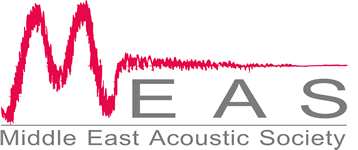Vibration is defined as any rapid oscillating movement (moving back and forth, up and down or side to side i.e. triaxial) from the point of equilibrium. These are generally observed in building services which have reciprocating, or rotating elements which induce vibration into the structure or component connected to it. 'Vibrations' can also be found in ducts, pipes and other parts in building services which have a rapid oscillating movement.
Vibration noise control refers to the various strategies implemented in order to mitigate the level of vibration experienced at a receiver. Typically for buildings, the criteria is based on ranges of vibration levels or dose values (VDV). These ranges vary from day and night and determine the probability of an adverse comment (low, possible, probable). Mitigation strategies typically involve the isolation and damping of a source of vibration with various mounting techniques and materials used. This then reduces the amount of vibrations that transmit through objects and structures and therefore also helps reduce structure borne noise.
As the term suggests, 'Vibration noise control', is the control and reduction of transmission of vibration from a source to a building structure or element. This may include identifying the 'disturbing frequency', calculating the 'natural frequency' of a system (the structure or component placed adjacent to the source), identifying the efficiency of isolation required and selecting a tailor-made vibration isolation system with appropriate static deflection to achieve the isolation efficiency as needed.
